Arts Center Incheon (아트센터인천)
4.7Km 2025-03-15
222, Art center-daero, Yeonsu-gu, Incheon
+82-32-453-7700
Arts Center Incheon in Songdo International City is a global cultural space and complex in which the design was inspired by the conductor's hand movements. The unique exterior, the view connecting the sea, and the world-class sound system prove that Arts Center Incheon is not just a performance hall but also architecturally meaningful. In November 2018, the concert hall opened to communicate with the world through music and expand the realm of art. Arts Center Incheon is emerging as a landmark of Incheon thanks to its plans to act as a foundation for the community's cultural infrastructure and provide citizens with opportunities to enjoy original and wide-ranging culture and art.
Incheon Open Port Culture Night (인천개항장 문화유산 야행)
4.7Km 2024-07-18
80 Sinpo-ro 27beon-gil, Jung-gu, Incheon
+82-2-6961-5434
Incheon Open Port Culture Night focuses on the history, modern culture, and future of Incheon, the first international city in Korea with the opening of the port in 1883. Visitors can enjoy a journey into the past, reimagined in modern times through a wide range of experience programs.
Aritaum - Dongincheon Jungang Underground Branch [Tax Refund Shop] (아리따움 동인천중앙지하)
4.7Km 2024-04-22
Store #46, #48, #50, #52, Jungang-ro, 117-15, Chamoejeon-ro, Jung-gu, Incheon
-
Dongincheon Samchi Street (동인천 삼치거리)
4.7Km 2021-01-27
57, Uhyeon-ro 67beon-gil, Jung-gu, Incheon
+82-32-832-3031
Dongincheon Samchi Street is located in front of Dongincheon Station in an alley to the side of Incheon Educational and Cultural Center for Students. The street became connected samchi, or grilled seerfish, over 40 years ago with the opening House of Inha, a home-style restaurant. Originally, the street was not known for samchi, but it became one of the most popular menus at the restuarant, with many other shops in the area following in this trend. In 2002, it was designated as the grilled seerfish street and a signboard was put up at the street entrance. Currently, there are about a dozen grilled seerfish restaurants lining the street, and each restaurant has a unique signboard of its own. The fish are imported from New Zealand, and each restaurant offers a distinct taste resulting from different grilling methods and sauces. The restaurants also sell a variety of appetizers and side dishes at affordable prices.
Inhauijip (인하의집)
4.7Km 2024-02-16
57 Uhyeon-ro 67beon-gil, Jung-gu, Incheon
Inhauijip, established in 1968, is a beloved local fixture and is credited as the origin of Dongincheon Samchi (spotted mackerel) Street. Its standout dish is samchigui (grilled spotted mackerel), featuring thick slices of spotted mackerel grilled to achieve a crispy exterior and tender interior. This dish's rich flavor has won over a loyal customer base. Additionally, the Inhauijip Course, which includes sundubu jjigae (soft bean curd jjigae), is another crowd-pleaser among patrons.
Incheon Japanese Street (인천일본풍거리)
4.7Km 2024-02-16
Gwandong 1(il)-ga, Jung-gu, Incheon
Incheon Japanese Street, established following the opening of Incheon and Jemulpo Ports in 1883, was home to the Japanese concession. It preserves several Japanese-style wooden houses and stone structures from that era. These wooden houses, designed in the distinctive style of Japanese architecture where a storefront is integrated into the residential building, have been renovated and are now serving as cafés and exhibition halls. Nearby, visitors can also explore Incheon Chinatown and the Gaehangjang (Open Port Area) Street.
Daebul Hotel Exhibition Hall (대불호텔전시관)
4.8Km 2024-12-23
101 Sinpo-ro 23beon-gil, Jung-gu, Incheon
This museum is located on the site of Daebul Hotel, Korea's first Western-style hotel, established in 1889. The hotel was demolished in 1978, but parts of the hotel structure were discovered in 2011 and rebuilt to preserve the hotel's original appearance. The first floor is the Daebul Hotel Exhibition Hall, through which visitors can see traces of Daebul Hotel at the time. The second floor is the Jung-gu Life History Museum, where visitors can get a glimpse of life in Incheon's Jung-gu area in the 1960s and 1970s.
Sudoguksan Museum of Housing and Living (수도국산달동네박물관)
4.8Km 2022-09-13
51, Solbit-ro, Dong-gu, Incheon
+82-32-770-6130
Sudoguksan Museum of Housing and Living, located within Songhyun Park, Dong-gu Incheon, opened on October 25, 2005. Consisting of two floors, the museum exhibits the life of citizens living in Incheon's "daldongne," the impoverished hillside areas. It exhibits reproductions of various scenes of daily life from the 1960s and 1970s.
Jemulpo Club (제물포구락부)
4.8Km 2024-12-24
25 Jayugongwonnam-ro, Jung-gu, Incheon
+82-32-765-0261
Jemulpo Club, also called Jeumulpo Gurakbu, was established in 1901 to be used as the venue for foreigners such as American, English, German, French, Russian and a small minority of Chinese and Japanese all living in Incheon to build up friendships before opening the port. The two-story brick building was comprised of a library room, pool table, tennis court and others facilities.
The site was used as Incheon Museum from 1953 to 1990 and Incheon Cultural Center from 1990 to 2006. In 2007, the name was changed to Jemulpo Gurabu, imphasizing the Japanese pronunciation of "club." It now offers a site for experiencing modern culture interactions.
Ilmi Dental Clinic (일미치과의원)
4.8Km 2025-07-29
(9th Floor), 428 Gyeongin-ro, Michuhol-gu, Incheon
Ilmi Dental Clinic is a specialized dental clinic for the treatment of snoring and sleep apnea.
With over 30 years of experience in implant and prosthetic treatments, Ilmi Dental Clinic has actively sought patient feedback and developed the Pasa device for preventing snoring and sleep apnea about 10 years ago. Since then, the Pasa device has been used in the treatment of snoring patients nationwide. Dr. Park Young-Hyun’s CT-based diagnostic method for identifying the causes of snoring and the personalized Pasa oral appliance therapy are exclusively available at Ilmi Dental Clinic.
Currently, apart from uncomfortable positive airway pressure machines, there are no other comfortable treatments for snoring. However, Ilmi Dental Clinic offers a solution to this problem. Additionally, dental treatments can be challenging for international patients who need multiple visits, but Ilmi Dental Clinic can provide effective treatment for snoring and sleep apnea in just one day at a reasonable price.

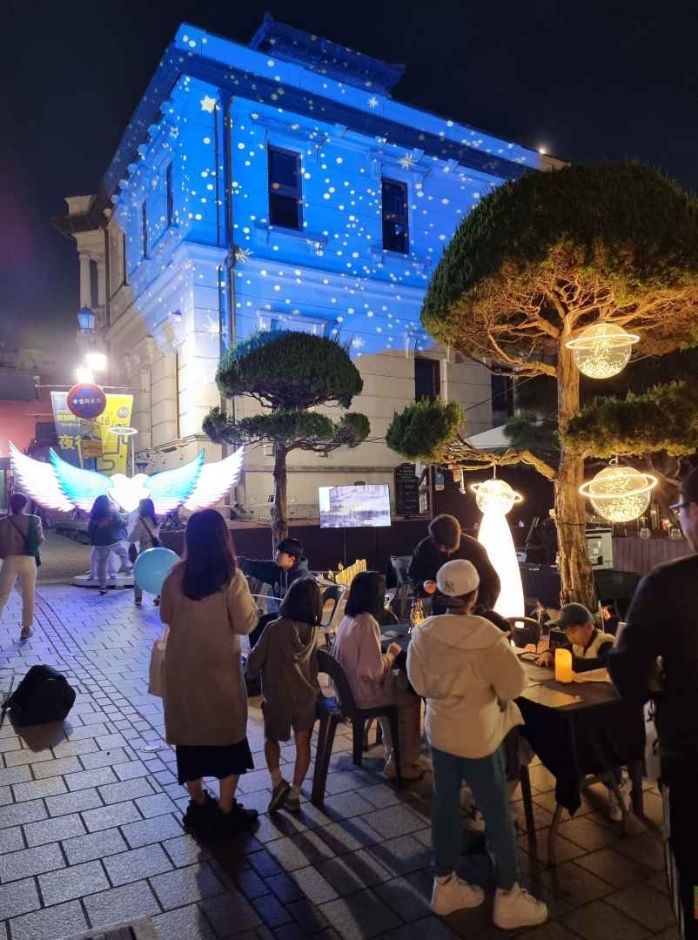
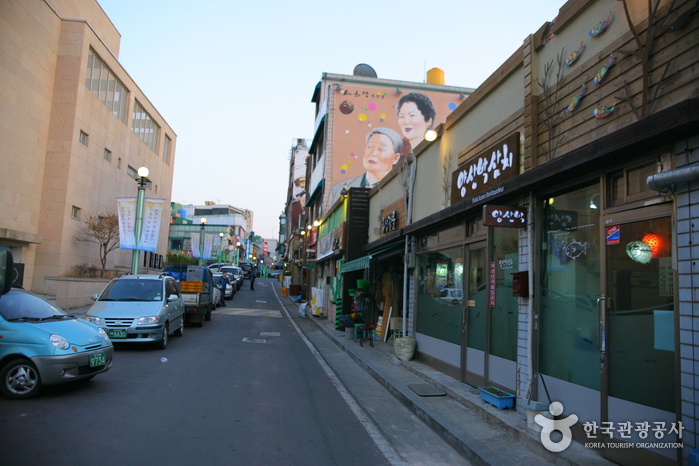
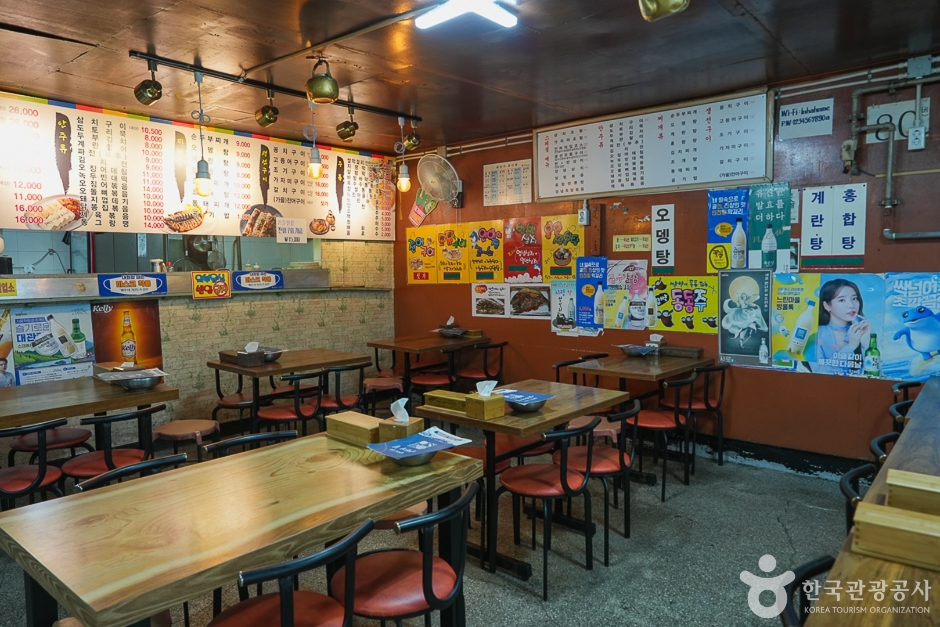
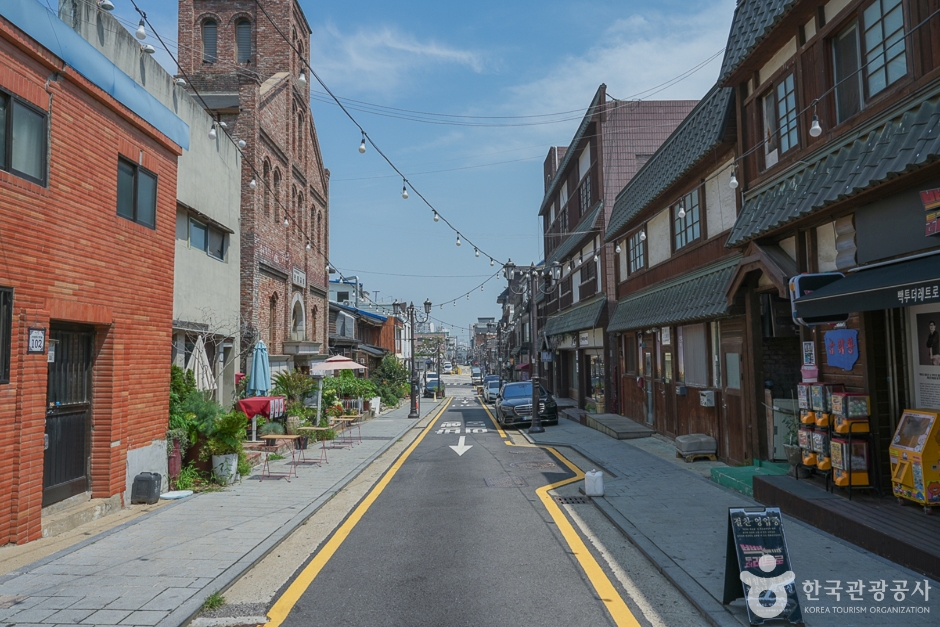
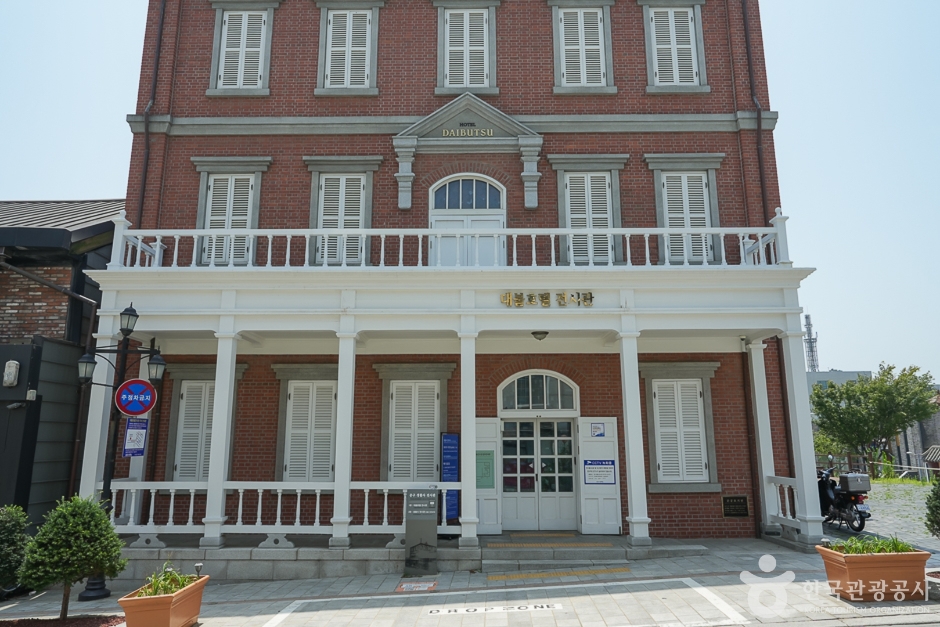
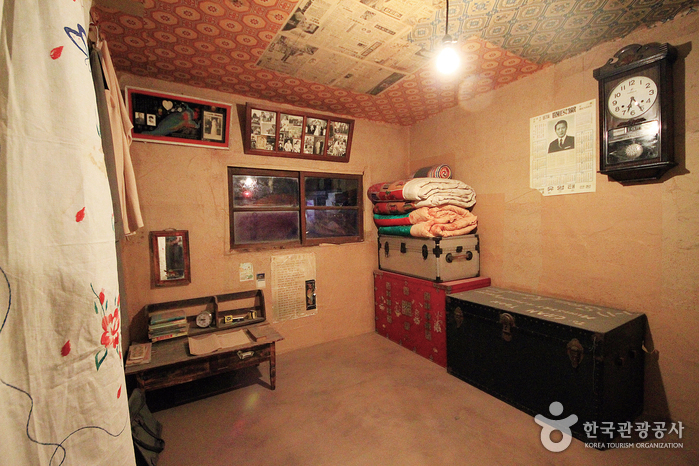
 English
English
 한국어
한국어 日本語
日本語 中文(简体)
中文(简体) Deutsch
Deutsch Français
Français Español
Español Русский
Русский